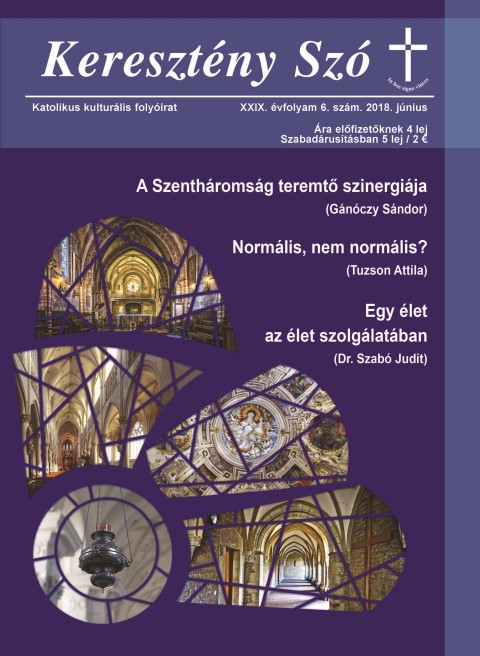
We kindly inform you that, as long as the subject affiliation of our 300.000+ articles is in progress, you might get unsufficient or no results on your third level or second level search. In this case, please broaden your search criteria.

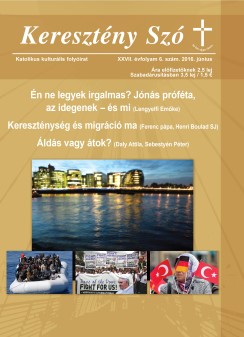
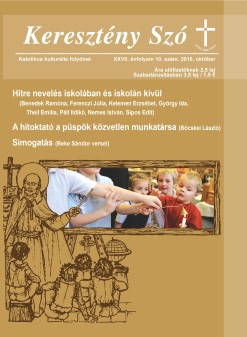
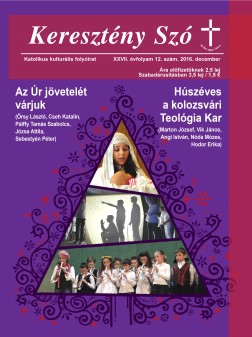
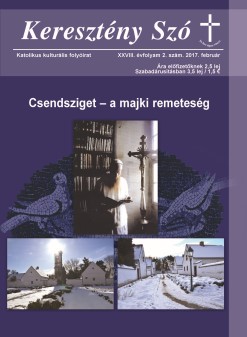



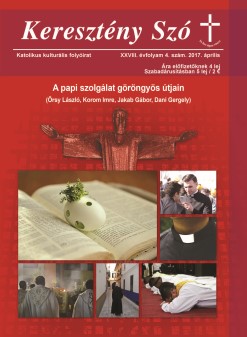
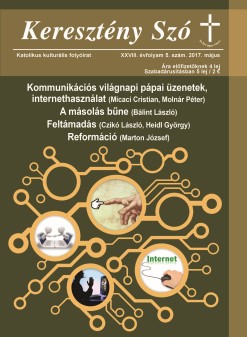



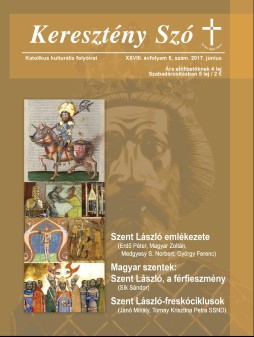
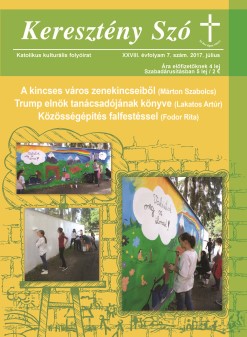

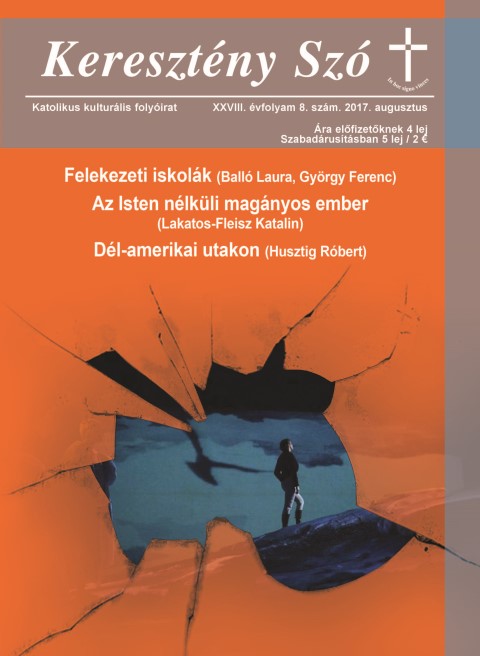

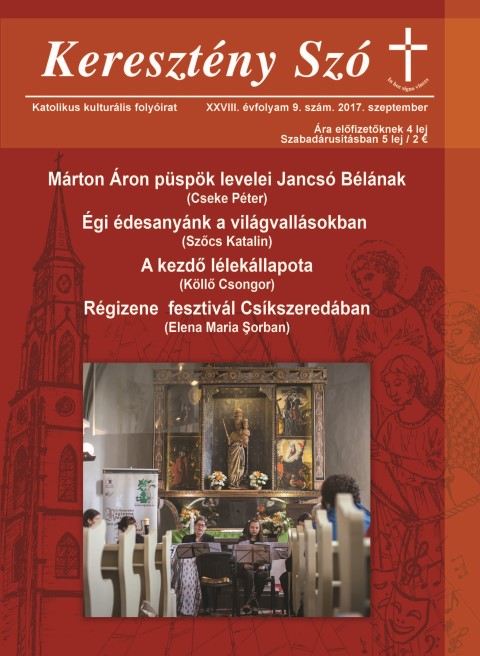
The Christian parents and the pedagogues are helpless about what they can say on sexual moral to their children. The negative way (saying only what NOT to do) and the sexual emancipation are equally unadmissible. The „new” – and original – principle is that sexuality is a personal relationship of a man and a woman. From this aspect one deducts the unity of the married couples.
More...
Hilarion metropolita: Az imádságról. Kairosz Kiadó, Budapest 2017.
More...